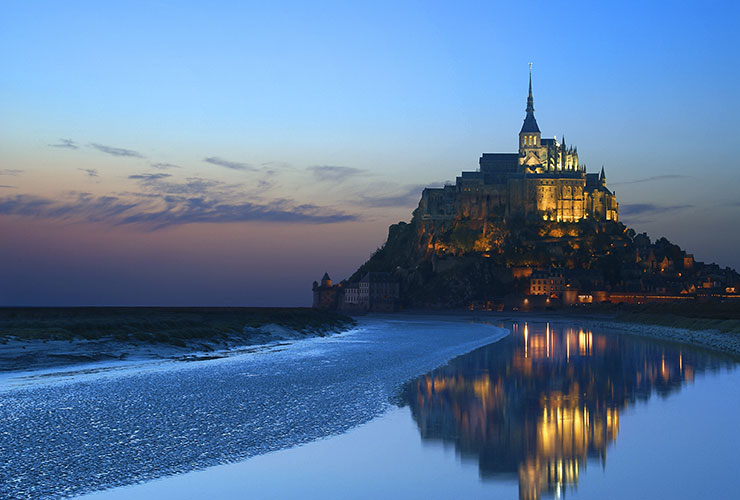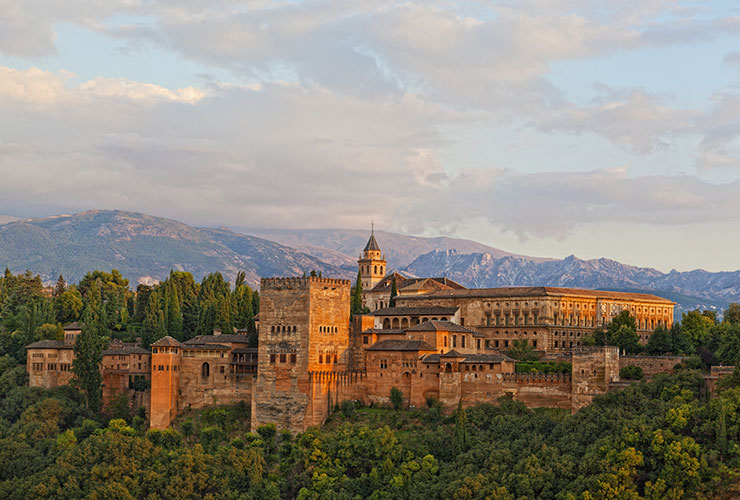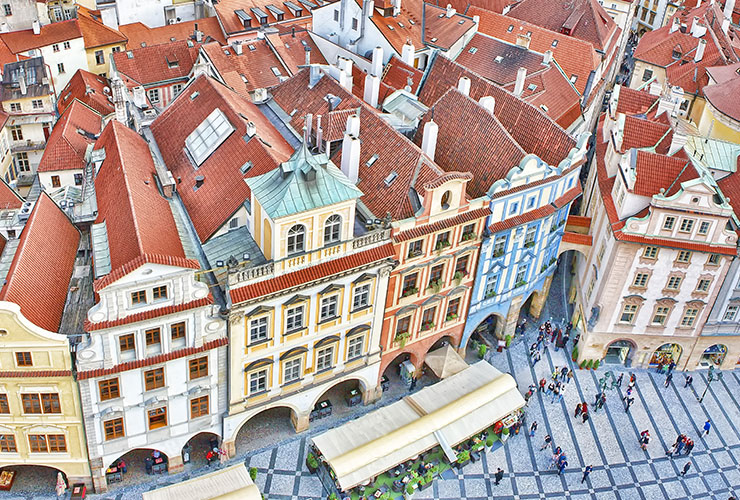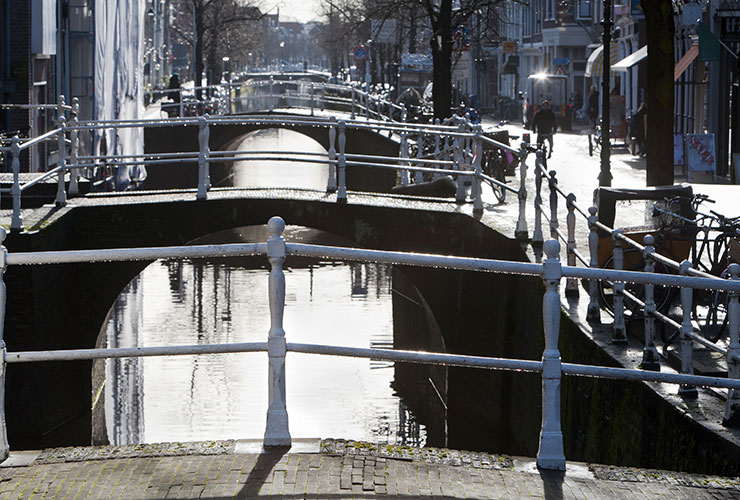Stonehenge Experience
Stonehenge is by far the most renowned and iconic monument of the UK. The megalithic complex of Stonehenge is located in a sacred area of 20 square kilometers in the Wiltshire countryside in the county of Wessex, not far from Salisbury.
The huge stones appear to the visitor’s eye even from afar. The emotional impact is great at the sight of the size of the stones. The name Stonehenge comes from the Old English words stan meaning “stone”, and hencg meaning “hinge” (the big stone lintels hinge on the upright stones) or “hen(c)en” meaning “gallows”.Stonehenge is a place full of mystery that has been the object of many theories and hypotheses, including one that also connects it to the myth of Merlin who gave it the nickname “The Dance of the Giants.” Originally it formed a hub of energetic lines, later referred to as the cult of the ancestors or that of the sun; or even a place and a structure dedicated to the observation of astronomical phenomena.
The outer circular earthwork and the surrounding ditch were built approximately around 2700 BC. After a thousand years the Bluestone Horseshoe, coming from Wales and so called because of their color, were placed in the earthwork arranged in a circular way. The triliths on the other hand, the symbol of Stonehenge with two vertical monoliths in support of a horizontal one and were placed around 1500 BC. Located inside the horseshoe is the Altar Stone and outside of it a further ring that was composed of 30 menhirs, although only a few are left today. Close to the second ring are also two graves, the North Barrow and the South Barrow. By extending the axis of the two horseshoes you will find the connection point where the sun sets at winter solstice and where the sun rises at summer solstice. The Avenue starts right here with the Slaughter Stone while Heel Stones are placed on either side of the entrance beyond the earthwork.
Stonehenge seems to have been created to be suitable for human beings. In fact, standing inside the monument you feel very comfortable without feeling the looming size of the structure, as you might expect, considering the proportions of the stones that form it. There prevails a consistent and harmonious proportion among all elements, for example between the width and the height of the openings or between one circle of stones and the next one.
Close to Stonehenge there are other prehistoric monuments such as the megalithic sites of Avebury and Woodhenge. Avebury Circle is the largest stone circle in Europe. It is so great that the entire village of Avebury has been grown inside it. You can explore the village walking freely among the stones or enjoy a drink at the local pub. You can experience how to relax in the middle of these beautiful millenary stones feeling their positive energy.
Glastonbury Experience
Just over 200 km from London history and legend meet in the small town of Glastonbury. Glastonbury still remains one of the most mysterious and enchanted place in the UK and maybe worldwide. When visiting you will feel the palpable atmosphere of magic and mystery. At the same time, clues referring to the myth of King Arthur and other tales and legends set in Glastonbury are very clear. The Glastonbury Tor hill (conical hill in Celtic language) is located exactly on the Michael Ley Line, the line of energy that in the UK passes even through Avebury.
The Glastonbury Abbey is the first Christian cathedral in England and it was built by a Saxon King during the 13th century in the middle of town and built, according to legend, on the ruins of a church erected by Joseph of Arimathea in 37 AD. According to the legend the king jabbed his stick into the ground, and the holy hawthorn of Glastonbury sprouted from that point. To this day the holy hawthorn still grows only in the area close to Glastonbury and it blooms twice a year, in spring and during the Christmas time. Botanists have established that the plant belongs to a native Palestinian species and no one has yet given a plausible explanation for how a plant originating from so far away could live and grow in this place.
The Glastonbury Tor is the epicenter of many legends. It has always been thought that the mythical Avalon (or paradise for the Celts) was located here and even further that the Holy Grail had been hidden here. In 1191 monks claimed to have discovered the graves of the legendary King Arthur and his wife Geneva here. During the Reformation period the relics were moved and since lost. Many experts do not believe that version of events. They suspect the discovery was nothing but a sham to confirm the origins of the abbey and increase the reputation of the place. Nevertheless, during some work in the abbey, some masons did discovered a tomb bearing a cross with the Latin engraving: “Hic iacet inclitus Rex Arturius in insula Avalonia” (Here in the island of Avalonia is buried the famous King Arthur). While the literate understanding of the inscription may be debated, the tomb really does exist and you can visit it.
What is most fascinating about the history of the abbey is its relationship with the Holy Grail. When the Glastonbury Abbey was closed in 1539, the monks moved to Wales bringing with them one precious relic. It was a cup of olive wood that previously belonged to the same abbey and was used to officiate the Sunday mass. According to another legend, Joseph of Arimathea (yes! always him!) buried the cup under the door of the abbey. Since that time and from that precise point, miraculous healing water, the “Chalice Well”, flows directly from the ground and many people every year still enjoy its beneficial properties.
Contact us and we will arrange a private tour so you can experience and breathe the air of such a mystical and legendary place as Glastonbury.
 Hire Expertise
Hire Expertise Bespoke Itineraries
Bespoke Itineraries Travel Carefree
Travel Carefree



